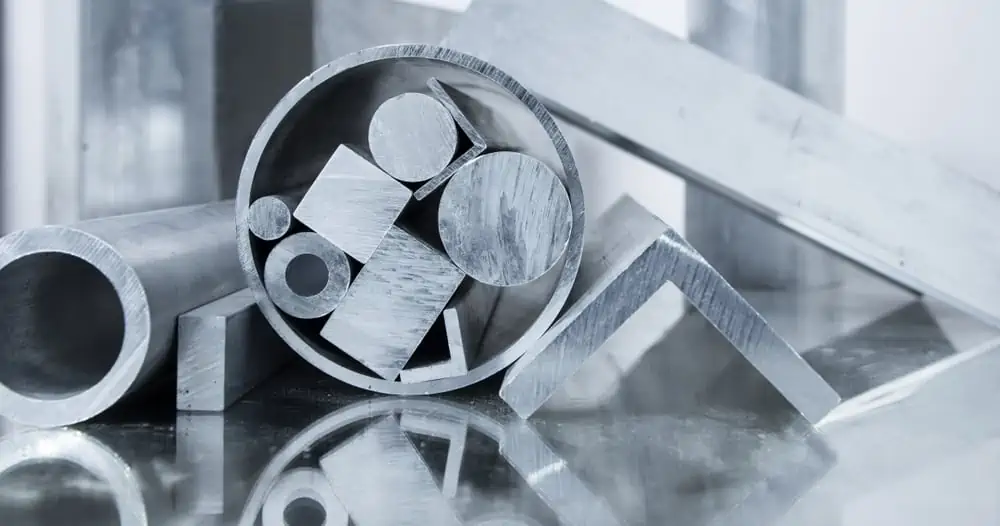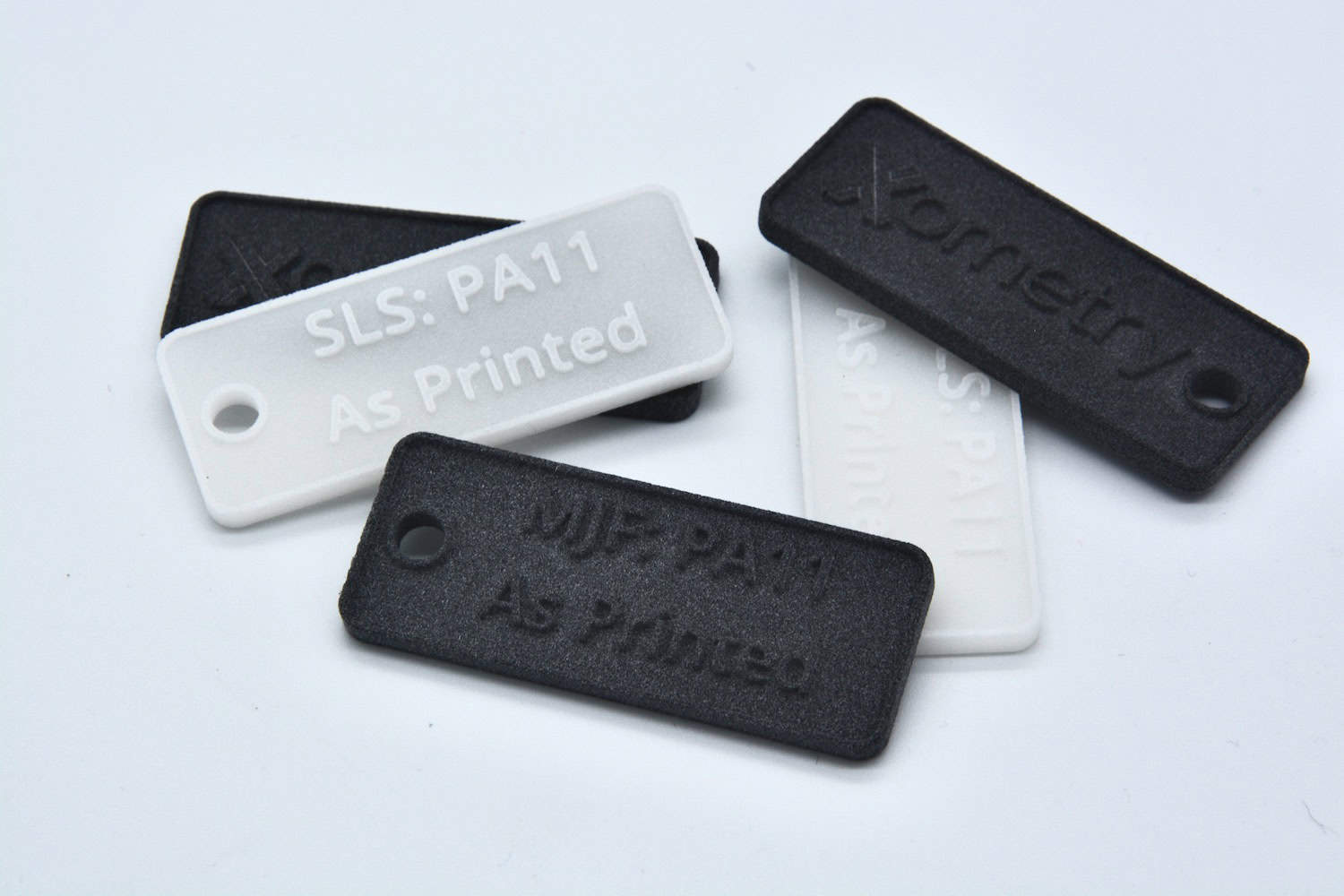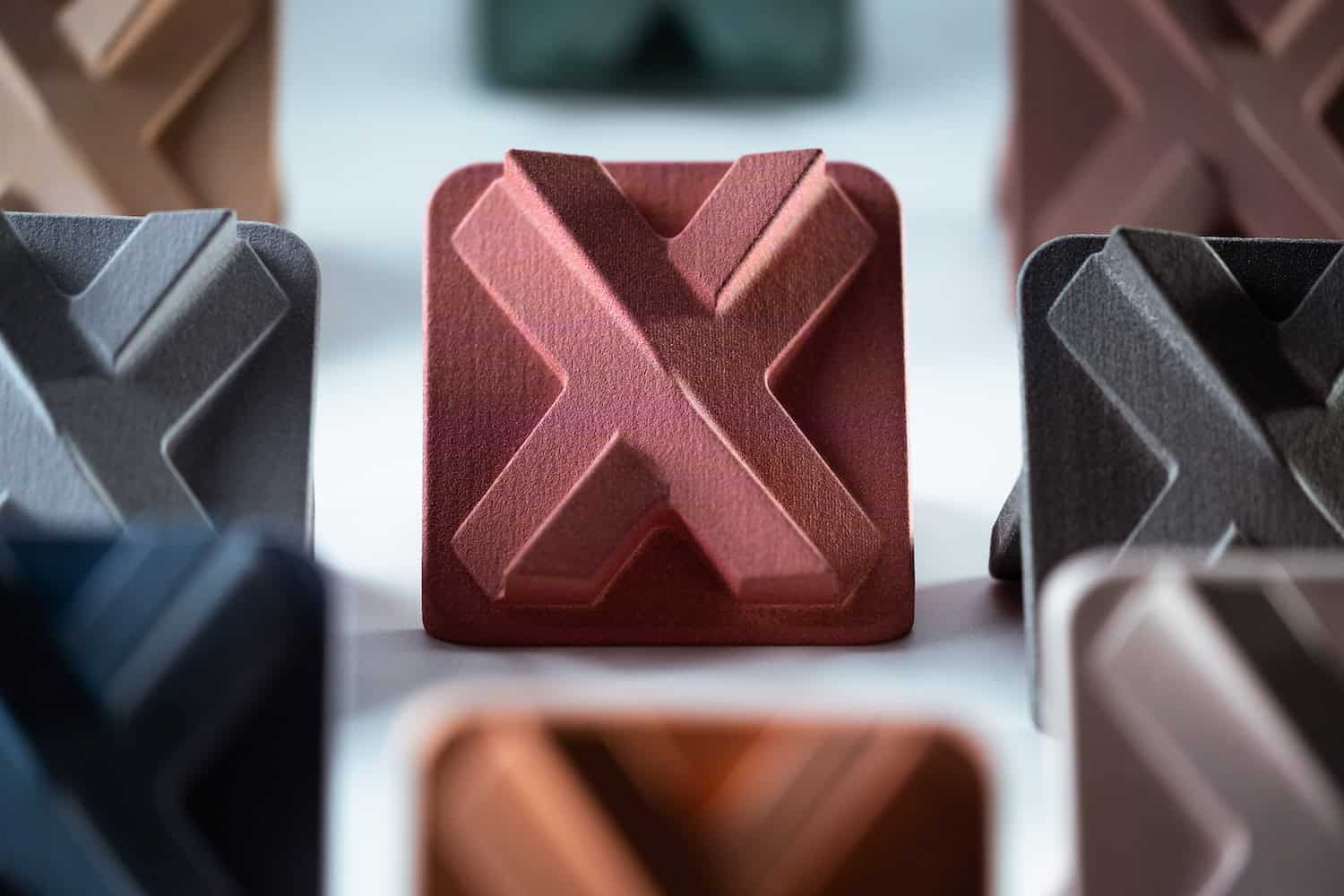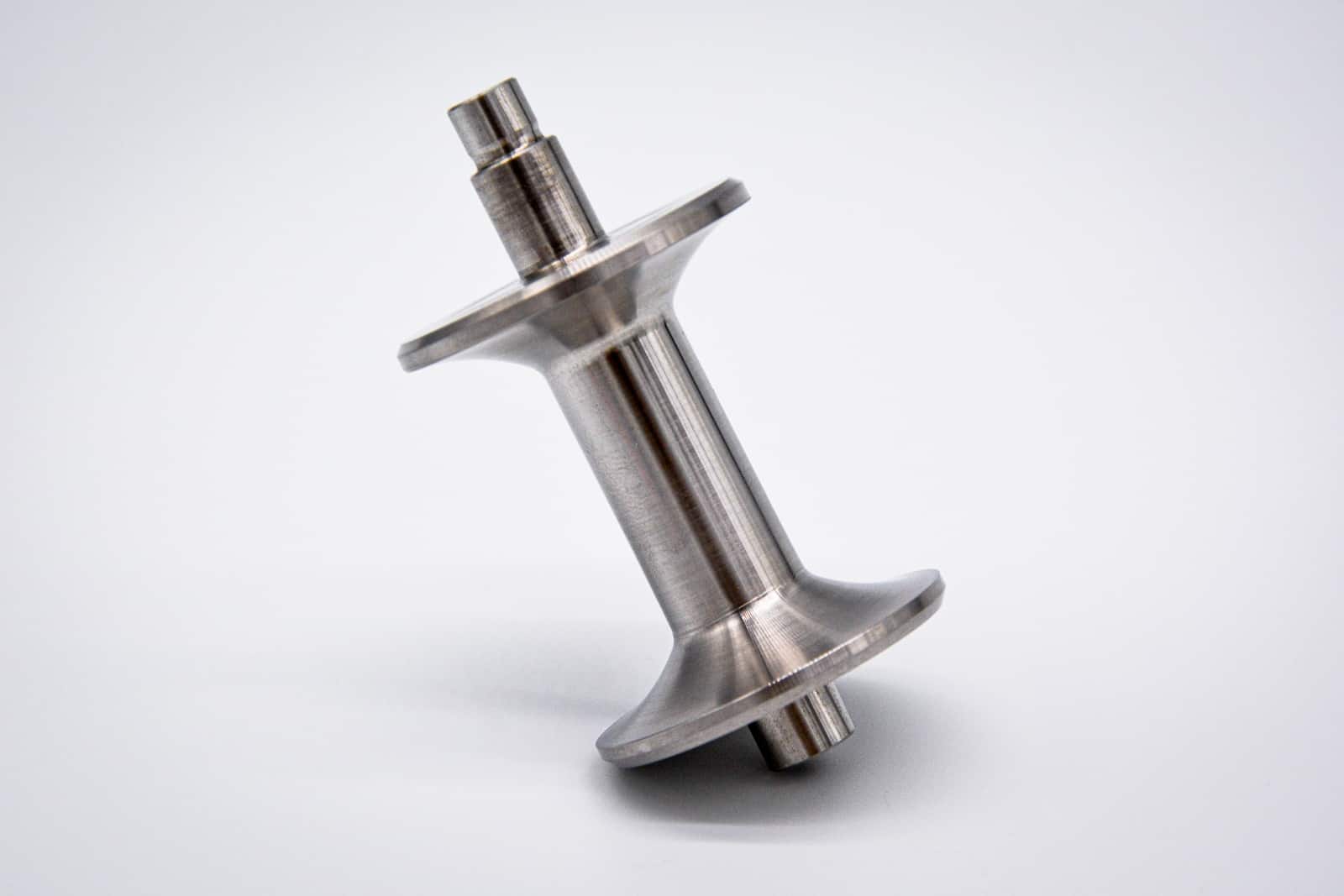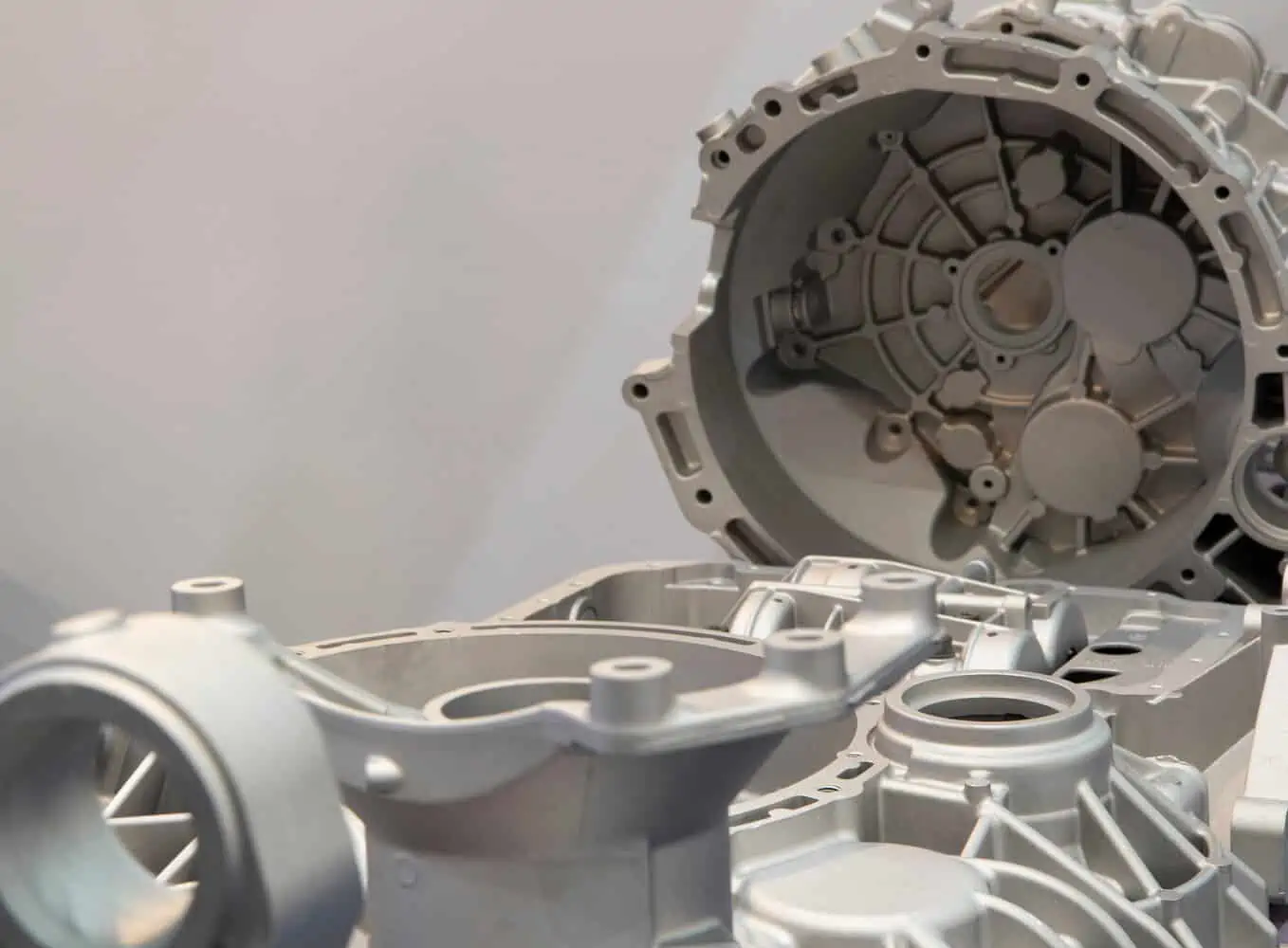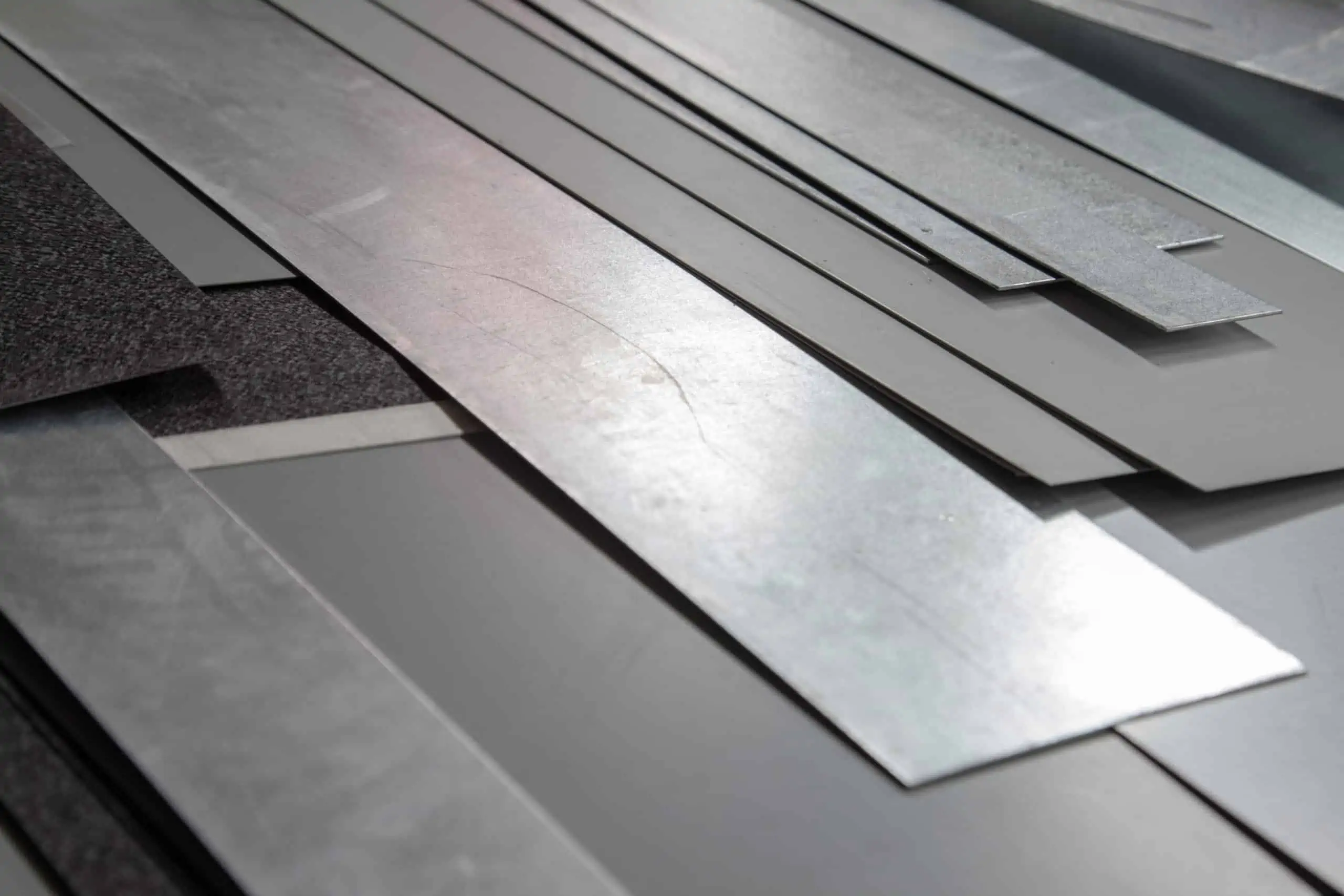Aluminium alloys: cross-reference
| DIN (Germany) | EN | ISO | ANSI/AA (USA) | BS (Great Britain) | AFNOR (France) | UNE (Spain) | UNS | JIS (Japan) | CSA (Canada) | SIS (Sweden) |
| 3.0255 | EN AW-1050A | Al99,5 | AA1050A | 1B | A5. | L-3051 | A91050 | A1050 | 995(2S) | 4007 |
| 3.0275 | EN AW-1070A | Al99,7 | AA1070A | 2L 48 | A7 | L-3071 | A91070 | A1070 | 9970 | 4005 |
| 3.0285 | EN AW-1080A | Al99,8 | AA1080A | 1A | A8 | L-3081 | A91080 | A1080 | 9980 | 4004 |
| 3.0385 | EN AW–1199 | AA1199 | A91199 | A1199 | ||||||
| 3.0205 | EN AW-1200 | Al99 | AA1200 | 1C | A4 | L-3001 | A91200 | A1200 | 990(2S) | 4010 |
| 3.1645 | EN AW-2007 | AlCu4PbMgMn | AA2007 | L-3121 | A92007 | A2007 | 4355 | |||
| 3.1655 | EN AW-2011 | Al-Cu6BiPb | AA2011 | FC 1 | A-U5PbBi | L-3192 | A92011 | A2011 | CB60(28S) | 4338 |
| 3.1255 | EN AW-2014 | Al-Cu4SiMg | AA2014 | H15 | A-U4SG | L-3130 | A92014 | A2014 | CS4IN | |
| 3.1325 | EN AW-2017A | Al-Cu4Mg | AA2017A | H14 | A-U4G | L-3120 | A92017 | A2017 | CM41(17S) | GA631 |
| 3.1355 | EN AW-2024 | Al-Cu4Mg1 | AA2024 | L97/L98 | A-U4G1 | L-3140 | A92024 | A2024 | CGA2(24S) | 5 |
| 3.1305 | EN AW-2117 | Al-Cu2Mg | AA2117 | L86 | A-U2G | L-3180 | A92117 | A2117 | CG30 | |
| 3.0517 | EN AW-3003 | Al-Mn1Cu | AA3003 | A-M1 | L-3810 | A93003 | A3003 | MC10 | ||
| 3.0526 | EN AW-3004 | AlMn1Mg1 | AA3004 | A-M1G | L-3820 | A93004 | A3004 | D35 | GA/6511 | |
| 3.0525 | EN AW-3005 | AlMn1Mg0,5 | AA3005 | A-MG0,5 | A93005 | A3005 | ||||
| 3.0515 | EN AW-3103 | Al-Mn1 | AA3103 | N3 | L-3811 | A93103 | A3103 | 4067 | ||
| 3.0505 | EN AW-3105 | AlMn0,5Mg0,5 | AA3105 | N31 | A93105 | A3105 | ||||
| 3.3315 | EN AW-5005A | Al-Mg1 | AA5005A | N41 | A-G0,6 | L-3350 | A95005 | A5005 | B57S | 4106 |
| 3.3527 | EN AW-5049 | AlMg2Mn0,8 | AA5049 | A-G2,5MC | A95049 | A5049 | ||||
| 3.3316 | EN AW-5050B | Al-Mg1,5 | AA5050B | 3L 44 | A-G1,5 | L-3380 | A95050 | A57S | ||
| 3.3523 | EN AW-5052 | Al-Mg2,5 | AA5052 | L80/L81 | A-G2,5C | L-3360 | A95052 | A5052 | GR20(57S) | 4120 |
| 3.3355 | EN AW-5056A | Al-Mg5 | AA5056A | N6/2L58 | A-G5 | L-3320 | A95056 | A5056 | GM50R(56S) | 4146 |
| 3.3345 | EN AW-5082 | Al-Mg4 | AA5082 | A-G4,5 | A95082 | A5082 | ||||
| 3.3547 | EN AW-5083 | Al-Mg4,5Mn | AA5083 | N8 | A-G4,5MC | L-3321 | A95083 | A5083 | GM4I(D54S) | 4140 |
| 3.3545 | EN AW-5086 | AlMg4 | AA5086 | A-G4MC | L-3382 | A95086 | GM40 | |||
| 3.3525 | EN AW-5251 | Al-Mg2 | AA5251 | N4 | A-G2M | L-3361 | A95251 | |||
| 3.3537 | EN AW-5454 | Al-Mg3Mn | AA5454 | A-G2,5MC | L-3391 | A95454 | 4130 | |||
| 3.3535 | EN AW-5754 | Al-Mg3 | AA5754 | A-G3M | L-3390 | A95754 | 4130 | |||
| 3.321 | EN AW-6005A | (Al-SiMg) | AA6005A | A-SG0,5 | L-3454 | A96005 | A6005 | |||
| 3.0615 | EN AW-6012 | AlMgSiPb | AA6012 | A-SGPb | L-3452 | A96012 | ||||
| 3.3206 | EN AW-6060 | Al-MgSi | AA6060 | H9 | AGS | L-3442 | A96060 | 4140 | ||
| 3.3211 | EN AW-6061 | Al-Mg1SiCu | AA6061 | H20 | A-GSUC | L-3420 | A96061 | A6061 | GS11N | |
| 3.2315 | EN AW-6082 | Al-Si1Mg | AA6082 | H30 | A-SGM0,7 | L-3453 | A96082 | 4212 | ||
| 3.4335 | EN AW-7020 | Al-Zn4,5Mg1 | AA7020 | H17 | A-Z5G | L-3741 | A97020 | 4425 | ||
| 3.4345 | EN AW-7022 | AlZn5Mg3Cu | AA7022 | A-Z4GU | A97022 | |||||
| 3.4365 | EN AW7075 | Al-Zn6MgCu | AA7075 | 2L95 | A-Z5GU | L-3710 | A97075 | A7075 | ZG62 |
Differences Between Designation Standards
DIN (Germany)
DIN stands for Deutsches Institut für Normung eV (German Institute for Standardization). This standard uses the letters DIN, followed by alphanumeric codes or figures representing chemical composition, for designation of aluminium and aluminum alloys.
EN (Europe)
EN stands for European Norms, this standard was mandated by the European Economic Community with the aim of standardizing the common language in Europe. EN was created to replace national standards like BS (Great Britain), UNI (Italy), DIN (German), AFNOR (France) and others, however, these listed standards are accepted and used by most countries. For aluminum, this standard’s designation involves the prefix EN AW (wrought alloys) and AC (cast alloys), followed by four digits, with the first digit representing the parent alloying element.
ISO
The International Organization for Standardization uses chemical composition for the designation of aluminium alloys. The naming system uses the letters Al as prefix, followed by the chemical composition of the alloy.
AA
AA stands for Aluminum Association and is specific for aluminum. It is a basis for aluminum standards and designations worldwide. It is designated by the prefix AA, followed by four numeric digits. What the numeric digits represent are given as follows:
- First digit: principal alloying constituent(s)
- Second and third digits: specific alloy designation (number has no significance but is unique);
- Fourth digit: Casting (0) or ingot (1, 2) designation.
BS (Great Britain)
BS stands for British Standards; these standards are developed by the British standard institute. This standard uses alphanumeric characters to designate aluminium alloys. The alphabet in the designation represents the main alloying element, and the figures represent the weight percent of the main alloying element.
AFNOR (France)
AFNOR Stands for Association Française de Normalisation, which means French Standardization in English. AFNOR is a French organization for standardization. Aluminum alloys are named using an alphanumeric system in which the first letter, A, designates the name of the element, and the ensuing letters and numbers designate the alloying elements and their percentages.
UNE (Spain)
UNE stands for Asociación Española de Normalización, which means Spanish organization for standardization. The UNE system of naming aluminum is similar to ANSI/AA system. The alloys are designated by a single letter prefix, followed by a four digit number specifying chemical composition.
UNS
UNS stands for Unified Numbering System, it is a unified identification for metals and alloys of metals popular in the United States. It consists of a single-letter prefix followed by five digits representing a materials composition. In most cases the letter is suggestive of the family of metals identified. For aluminium, the prefix letter is A – for aluminum.
JIS (Japan)
JIS stands for Japanese Industrial Standards, and are developed by the Japanese Industrial Standards Committee (JISC) in Tokyo. The specifications for designating aluminum alloys are very similar to the ANSI/AA system. They begin with the prefix JIS, followed by letter A which denotes the area of division, followed by four digits that represents the composition of the material.
CSA (Canada)
CSA stands for Canadian standards association. The CSA system of naming aluminum alloys employs alphanumeric codes which depict the composition and class of the alloys.
SIS (Sweden)
SIS stands for Swedish Institute of Standards, the official standards organisation in Sweden. This system names Aluminium alloys using a four-digit numbering system that describes the main alloying element and its composition.
 Europe
Europe  Türkiye
Türkiye  United Kingdom
United Kingdom  Global
Global 

 Login with my Xometry account
Login with my Xometry account  0
0